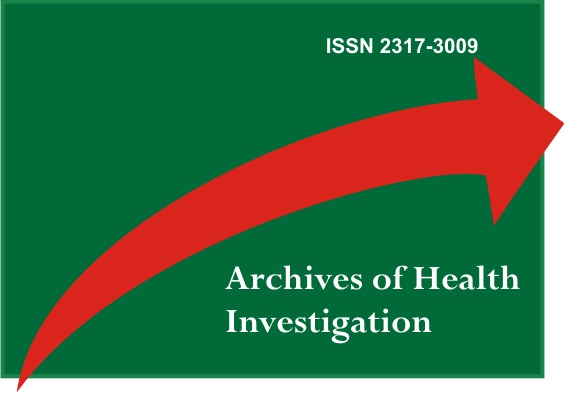Simulation of Tooth Preparation: Innovating the Prosthodontics’ Study in Times of Pandemic
DOI:
https://doi.org/10.21270/archi.v11i2.5593Keywords:
Learning Health System, Dental Education, Simulation TrainingAbstract
The aim of this study was to report a simulation active learning methodology, used in a School Clinic, from the Bachelor’s Degree in Dentistry at Federal University of Maranhão (UFMA) for refining students’ psicomotor capability and critical-cognitive reasoning, related to the competence to make tooth preparation. Proposed simulation was making some plaster models from a partial molding of interest region, using dental material with dimensional stability. Thus, three models were obtained, in plaster type IV, in which two models were destined to the operator and another to the assistant. Operator student made a preparation on one of the models, according to his ability, acquired in pre-clinical laboratory and after that he sought the professor to discuss possible mistakes and successes about the preparation, together to his assistant. After aligned on the biomechanical principles, operator produced a second preparation on a second model. Assistant did it too, but on an unique model. After new consultation with professor and approval of the preparation, academics are authorized to perform it in patient mouth. Through this methodology, learners could notice adequate preparation with all its peculiarities, ask questions and discuss the individualities of each case.
Downloads
References
Discacciati JAC, Sander HH, Castilho LS de, Resende VLS. Verificação da dispersão de respingos durante o trabalho do cirurgião-dentista. Rev Panam Salud Pública. 1998;3(2):84–7.
Barreto DG, Silva KG, Moreira SS, Silva TS, Magro MC. Realistic simulation as a teaching strategy: an integrative review. Rev baiana enferm. 2014;28(2):208-14.
Cooper J, Taqueti V. A brief history of mannequin-based simulation and application. Simulators in critical care and beyond. Qual Saf Health Care. 2004: 13(Suppl 1):i11-8.
Aebersold M, Tschannen D, Bathish M. Innovative simulation strategies in education. Nurs Res Pract. 2012;2012:765212.


